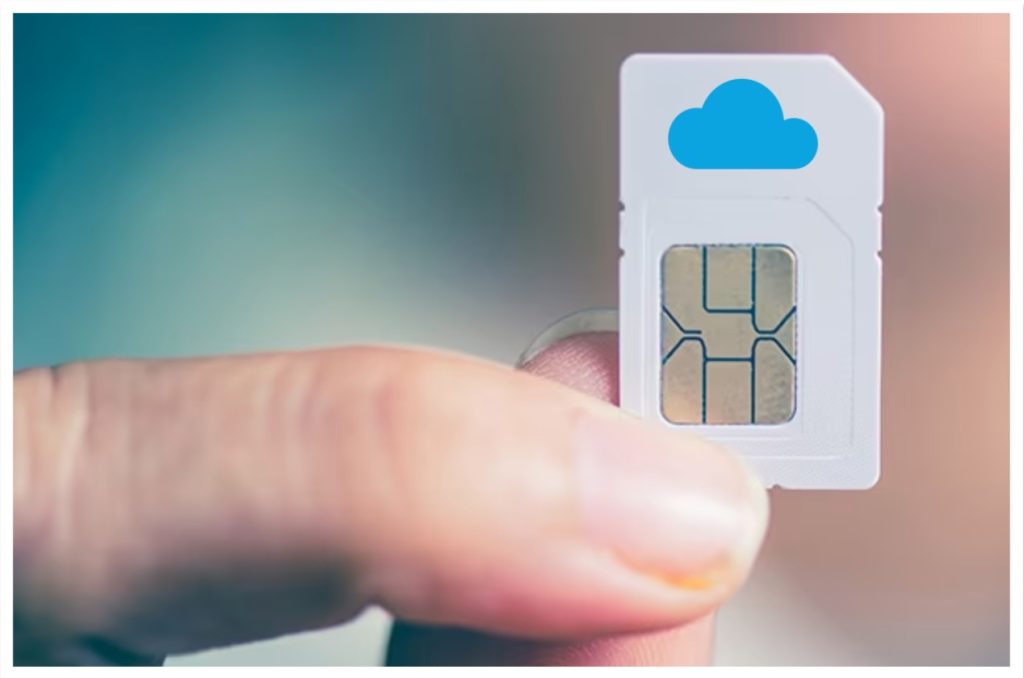When upgrading your cellular modem or router, ensuring SIM card compatibility is a critical step. Neglecting this can lead to unnecessary frustrations, including non-functioning devices or limited connectivity. Your SIM card is the key to unlocking your device’s potential, as it bridges the connection between your hardware and the cellular network. However, compatibility involves more […]
Tag: SIM card
Exploring Different Types of SIM Cards
Subscriber Identity Module (SIM) cards are tiny chips that play a monumental role in connecting our devices to cellular networks. As technology evolves, so do the types of SIM cards available in the market, each tailored to specific needs and use cases. In this article, we’ll delve into four main categories of SIM cards: traditional […]
SIM Management with Cradlepoint NetCloud
Establishing a seamless connection between cloud management and SIM management portals is pivotal for IT teams managing multiple SIMs across a Wireless WAN. In the conventional approach, IT professionals grapple with the complexity of juggling two distinct platforms: the cloud management system, which offers remote control over the network and security, and the Connectivity Management […]



